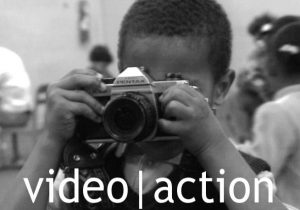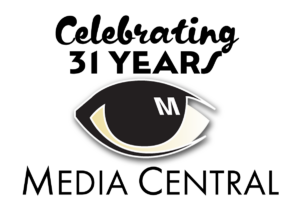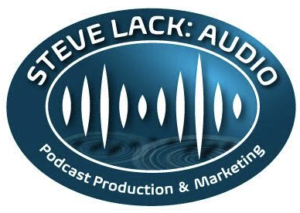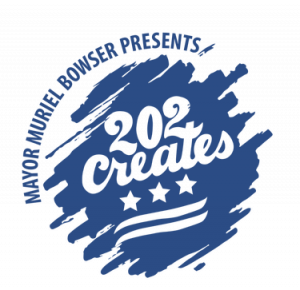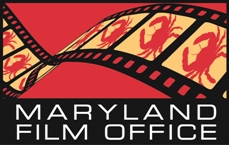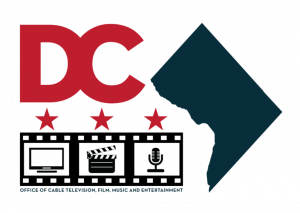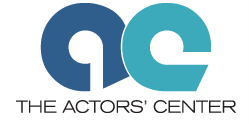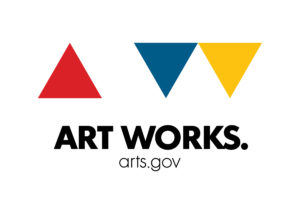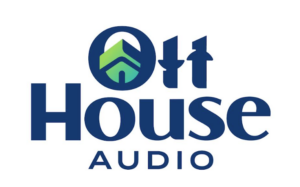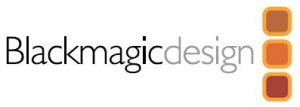
By Sandra Abrams
WIFV’s Media & Monuments podcast is now in its third season since it started in 2022 and is one more way the organization adds value for our members. Podcasts are also becoming a great way to promote your project and expand your network.
If you are asked to be on, or want to be a guest on a podcast, toss out the misconception that it is just another Zoom call. Podcasts are more akin to doing a radio interview because they are taped studio productions, but you can do them from your computer at home or work. Some podcasts may use Zoom, but many use other recording platforms. We at Media & Monuments use Riverside, for example.
To enhance your discussion with the podcast host, I recommend the following:
First: Have your headshot ready and have an image of your project for the marketing and social media the podcast will do. This is free public relations for you, so take advantage of it. Also, send the producer your resume or bio as soon as possible. The team can prep ahead of time, and it reduces any errors when you are introduced.
Second: Silence your phone and all notifications during the taping. Yes, we can ‘fix it in edit,” but it can throw the host or other guests off from the conversation. Also, make sure to record in a quiet environment, away from possible interruptions, turn off any AC or fans that may cycle on or off, and wear clothing that doesn’t make noise as you shift around.
Third: Recording a back-up voice recording on your phone. Different podcasts suggest apps that can record your voice during the discussion that the production team can use should anything go wrong with the platform recording. If downloading an app is beyond your skill level, we can find someone to help you. Our team uses TalkSync, but voice memo can also work.
Fourth: Invest in equipment. You may think the built-in microphone in your laptop is fine but yes, it makes a difference. Our team has the good fortune of board member, Steve Lack, handling the podcast sound. He has been instrumental in teaching us how to get the best sound – using headphones and external mics as a start. With better sound, the quality of the podcast goes up and you come across as a savvy media maker. Our team uses a range of microphones and personally, I use the Rode mini microphone for $100. There are many microphone options at different prices to fit all budgets.
If you are interested in more tips for being a podcast guest or types of headphones or microphones to consider, please reach out to podcast@wifv.org.


